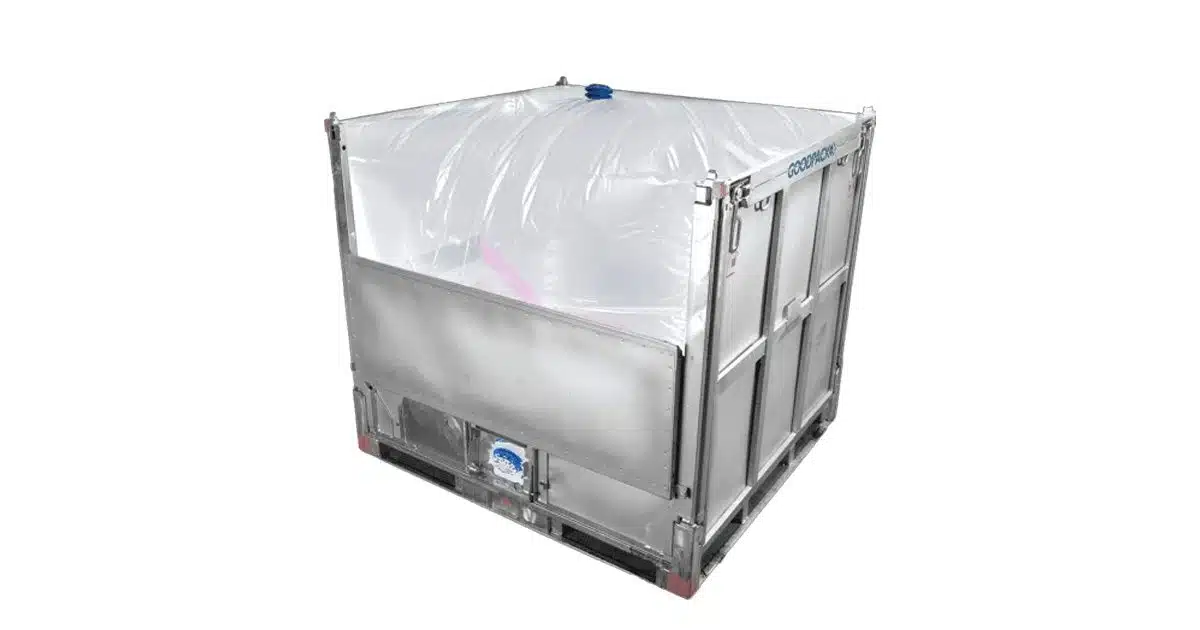Intermediate Bulk Containers (IBCs) are trusted across industries for shipping and storing large volumes of liquids. While their rigid outer shells provide the strength to handle heavy loads, it is the extra packaging components that make them safe for long-distance transport. IBC packaging materials are designed to reduce risks such as leaks, contamination, and structural failure, ensuring that products reach their destination intact. Understanding how these materials improve transport safety reveals why they are essential for any business relying on bulk liquid logistics.
Why Transport Safety Matters for IBCs
Liquids are challenging to ship because they move and exert constant pressure on container walls. During transport, containers face vibration, stacking, and environmental exposure. Without the right protection, these factors can lead to punctures, contamination, or even complete product loss. By incorporating packaging materials designed to reinforce the IBC, businesses can minimize these risks and maintain both safety and efficiency.
The Protective Role of Container Liners
The protective container liner is the first line of defense in improving transport safety. By creating a barrier between the liquid and the container walls, liners prevent contamination and protect against chemical interactions. A polypropylene container liner, for example, is resistant to moisture, many solvents, and temperature variations, making it reliable for both food-grade and industrial products. Liners also make containers easier to reuse by reducing the need for extensive cleaning between shipments, which supports efficiency while maintaining safety.
How IBC Dunnage Boards Contribute to Safety
Liquids exert uneven pressure, which can cause liners to shift or weaken. IBC dunnage boards solve this problem by distributing the weight of the liquid evenly across the container. By preventing concentrated pressure points, dunnage boards reduce the risk of liner punctures or stress failures. This added stability is particularly important during stacking and long-distance transport, where containers are exposed to constant movement.
The Function of IBC Base Pads
The base of a container is one of the most vulnerable areas during transport. Contact with pallets, forklifts, or warehouse floors can cause wear that eventually leads to liner damage. IBC base pads act as a cushion, protecting the liner from friction and impact. They also stabilize the container, ensuring that it remains balanced during loading and movement. This extra layer of protection minimizes the chances of product leaks and helps containers withstand repeated handling cycles.
Why IBC Top Lids Are Essential
Sealing the container is just as important as reinforcing it. IBC top lids and IBC container lids protect the opening of the container, preventing dirt, dust, and airborne contaminants from entering. They also secure the liner in place, keeping it from shifting during filling or transport. A properly sealed container reduces the risk of spills, leaks, and product degradation, which directly improves safety during shipping and storage.
When Open Top Liners Provide Added Protection
For certain applications, open top liners offer additional advantages. They are easier to install and remove, which is valuable for operations that frequently change liners or handle viscous liquids. Their wide opening allows for faster filling and more thorough inspection, ensuring that the liner is positioned correctly before transport begins. By simplifying installation and reducing the chance of liner misalignment, open top liners enhance safety and efficiency.
How Bulk Liquid Packaging Components Work Together
Each of these components—liners, dunnage boards, base pads, and lids—plays an important role on its own. But it is their combination that truly strengthens IBCs for safe transport. Bulk liquid packaging components work as a system, with each addressing a different point of vulnerability. Liners prevent contamination, dunnage boards distribute weight, base pads protect the bottom, and lids secure the top. Together, they form a comprehensive protective system that significantly reduces transport risks.
Industry Applications That Depend on Safety
Different industries rely on these materials for unique safety needs. In food and beverage, preventing contamination is critical to maintaining product quality. In chemicals, liners and reinforcements protect against hazardous spills that could be dangerous during transport. Cosmetic products require secure sealing to preserve quality, while automotive fluids benefit from the durability of reinforced liners and accessories. Across all these industries, transport safety is ensured by choosing the right IBC protective packaging supplies.
Sustainability Benefits of Using Protective Components
In addition to safety, IBC packaging materials support sustainability goals. By protecting liners and containers from premature wear, they extend the usable life of IBCs. This reduces waste and lowers the demand for single-use packaging. Liners also reduce the need for resource-intensive cleaning, conserving water and energy. As businesses increasingly look to reduce their environmental impact, these protective solutions help them balance safety with sustainability.
Comprehensive Guide To IBC Packaging Materials And Components
Selecting the right protective system depends on the type of product, handling requirements, and industry standards. Some applications require polypropylene liners for chemical resistance, while others may rely on open top liners for easy handling. Dunnage boards, base pads, and lids also vary in design based on container type and shipping conditions. For a detailed overview of available options, the Comprehensive Guide To IBC Packaging Materials And Components is a valuable resource for making informed choices.
Why Work With Innovative Liner Solutions
Innovative Liner Solutions provides the full range of IBC packaging materials, from liners and lids to base pads and dunnage boards. Their expertise ensures that businesses can tailor packaging systems to their specific needs while meeting both safety and efficiency requirements. By offering high-quality protective components, Innovative Liner Solutions helps companies safeguard their products and maintain smooth logistics operations.
Conclusion
Transport safety depends on more than the strength of the IBC container itself. Protective liners, dunnage boards, base pads, and lids all work together to prevent leaks, contamination, and damage during shipping and storage. By reinforcing the container and reducing risks at every point, these materials ensure that products remain secure from origin to destination. For any business relying on bulk liquid packaging, investing in the right components is essential to maintaining safety, efficiency, and sustainability.
For expert guidance on IBC packaging materials and transport safety solutions, contact Innovative Liner Solutions today at (815) 963-9525.


